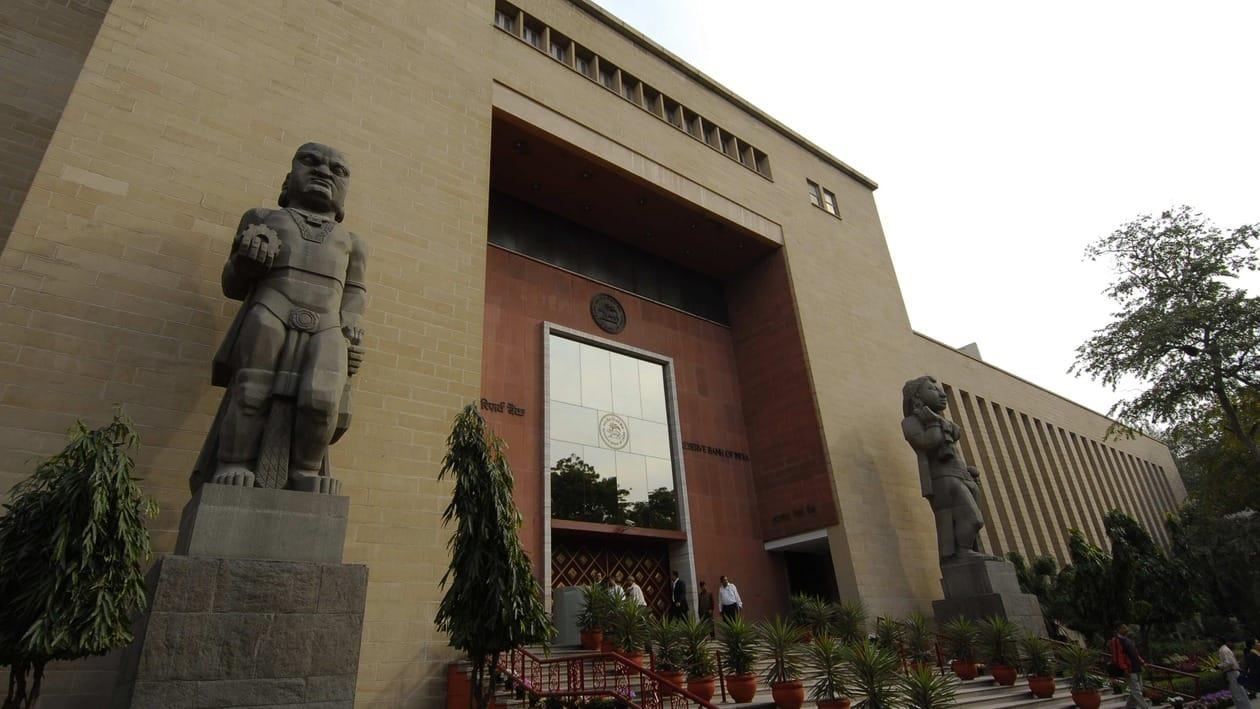When blockchain technology has taken the entire banking world by storm, why would the central banks around the world want to be left behind? With the prevalence of cryptocurrencies, particularly blockchain technology, central banks worldwide are in the process of creating a digital version of their fiat currency, also known as Central Bank Digital Currency (CBDC).
A CBDC is the legal tender issued by a central bank in a digital form. It is the just like a fiat currency and can be exchanged at par with the fiat currency i.e., cash, said RBI in a recently released concept note on digital currencies.
CBDC is the same as currency issued by RBI but takes a different form than paper. It is a currency in an electronic form and would be a liability (currency in circulation) on a central bank’s balance sheet.
There is a growing interest in digital currencies as of now — but only a handful of countries have reached the pilot stage of rolling out their CBDCs, observes the RBI's concept note on digital currencies.
According to the 2021 BIS survey of central banks, 86 percent were actively researching the potential for CBDCs, 60 percent were experimenting with the technology and 14 percent were deploying pilot projects.
Different from cryptocurrencies
It is vital to mention here that central bank digital currencies are quite different from cryptocurrencies. While the digital currencies would be equivalent to fiat currency and would be created as well as regulated by the banking regulator i.e., Reserve Bank of India; cryptocurrencies — on the other hand — use peer-to-peer decentralised blockchain technology and are not regulated by a central bank.
Also, they are not mapped to any fiat or physical currency. Some of the cryptocurrencies include bitcoins, ether, ripple, solana and polka dot, among others.
Risks and shortcoming
There is a risk of CBDCs — as the RBI's concept note observes — which is that availability of CBDC makes it easy for depositors to withdraw balances in case of stress on bank. Consequently, flight of deposits can be rapid in comparison to cash withdrawal.
On the other hand, there are expectations that mere an availability of CBDCs can reduce the panic because depositors are aware that they can withdraw quickly.
Another likely fallout of CBDCs is that banks would be induced to keep a large level of liquidity that could cause lower returns for commercial banks, reads the concept note.
However, they would not be any less risky when it comes to cyber-attacks. CBDC ecosystems are likely to be at similar risk for cyberattacks just like the current payment systems are, the concept note released by RBI's fintech department observes.
On the top of it, in countries that have lower financial literacy levels, increase in digital payment related frauds could also spread to CBDCs. So, it is vital to ensure high standards of cybersecurity and making efforts of financial literacy at the same time to make CBDC successful in any country.
